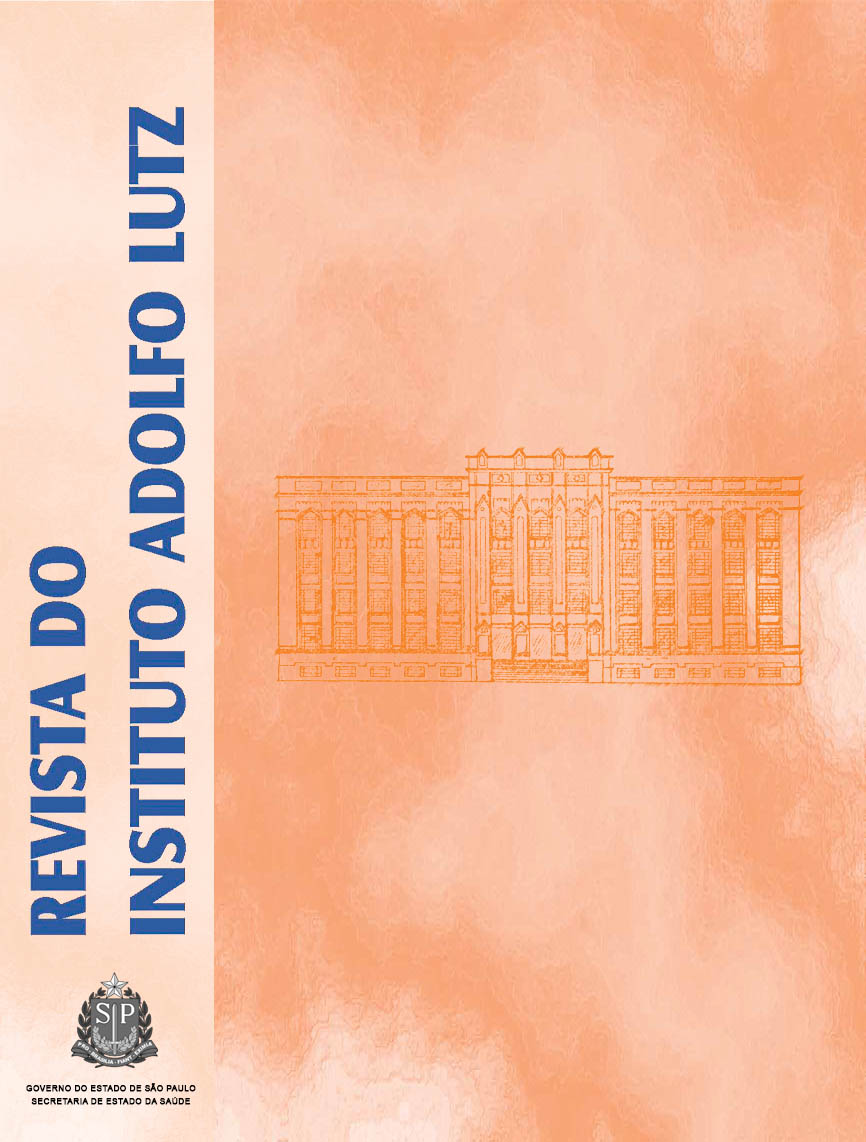Abstract
Lactobacillus reuteri is a heterofermentative species that lives in the gastrointestinal (GI), vaginal and oral tracts of humans and other warm-blooded animals. The action of probiotic L. reuteri is derived from its ability to exert an inhibitory effect on pathogens, combining several mechanisms, including the production of lactic acid, hydrogen peroxide and bacteriocin production. The reuterin is a neutral compound of low molecular weight, water soluble, active in a wide pH range, and resistant to proteolytic and lipolytic enzymes. This study evaluated the inhibitory effect of L. reuteri on pathogenic bacteria or food deterioration. L. reuteri showed ability to inhibit the growth of Aeromonas hydrophila, Bacillus cereus, Enterobacter aerogenes, Proteus vulgaris, Pseudomonas aeruginosa, Salmonella tiphymurium, Staphylococcus aureus and Vibrio cholerae. It is suggested that the antibiotic produced by L. reuteri is the reuterin.References
1. Hammes W, Hertel C. The genera Lactobacillus and Carnobacterium. In: The Prokaryotes. 2006.p. 320-403.
2. Casas IA, Dobrogosz WJ. Validation of the probiotic concept: Lactobacillus reute confers broad spectrum protection against disease in humans and animals. Microb Ecol Health Dis. 2000; 12: 247-85.
3. Spinler JK, Taweechotipatr M, Rognerud CL, Ou CN, Tumwasorn S, Versalovic J. Human-derived probiotic Lactobacillus reuteri demonstrate antimicrobial activities targeting diverse enteric bacterial pathogens. Anaerobe.2008;14 (3):166-71.
4. APHA. American Public Health Association. Compendium of methods for microbiological examination of foods. 4 ed. Washington; 2001.
5. Cleusix V, Lacroix C, Vollenweider S, Le Blay G. Glycerol induces reuterin production and decreases Escherichia coli population in an in vitro model of colonic fermentation with immobilized human feces. FEMS Microbiol Ecol.2008; 63:56–64.
6. Pinto TJA, Kaneko TM, Ohara MT. Controle Biológico de Qualidade de Produtos Farmacêuticos, Correlatos e Cosméticos. 2 ed. São Paulo: Atheneu Editora, 2003.p.325.
7. Batista CRV. Studies on the cultural properties of smooth and rough forms of Listeria monocytogenes and antagonistic interaction with Bacillus amyloliquefaciens.[PhD Thesis], Glasgow: University of Strathclyde, 1993.p 314.
8. Ruch FE, Lengeler J, Lin ECC. Regulation of glycerol catabolism in Klebsiella aerogenes. J Bacteriol. 1974.119:50-6.
9. El-Ziney MG, Debevere JM, Jakobsen M, Reuterin. In: NAYDU, A.S. Natural Food Antimicrobial Systems. CRC, Florida; 1997. p. 567-87.
10. Arqués JL, Nunez M, Rodriguez E, Medina M. Antimicrobial Activity of Nisin, Reuterin, and the Lactoperoxidase System on Listeria monocytogenes and Staphylococcus aureus in Cuajada, a Semisolid Dairy Product Manufactured in Spain. J Dairy Sci. 2007; 91:70–5.
11. Barros MR, Andreatti Filho RL, Lima ET, Crocci JA.Avaliação in vitro da atividade inibitória de Lactobacillus spp, isolados do inglúvio e cecos de aves sobre Salmonella. Arq Bras Med Vet Zootec. 2009; 61:863-68.
12. Chung TC, Axelsson L, Lindgren SE, Dobrogosz WJ. In vitrostudies on reuterin synthesis by Lactobacillus reuteri. Microb Ecol Health Dis. 1989. 2:137-44.

This work is licensed under a Creative Commons Attribution 4.0 International License.
Copyright (c) 2010 Instituto Adolfo Lutz Journal
